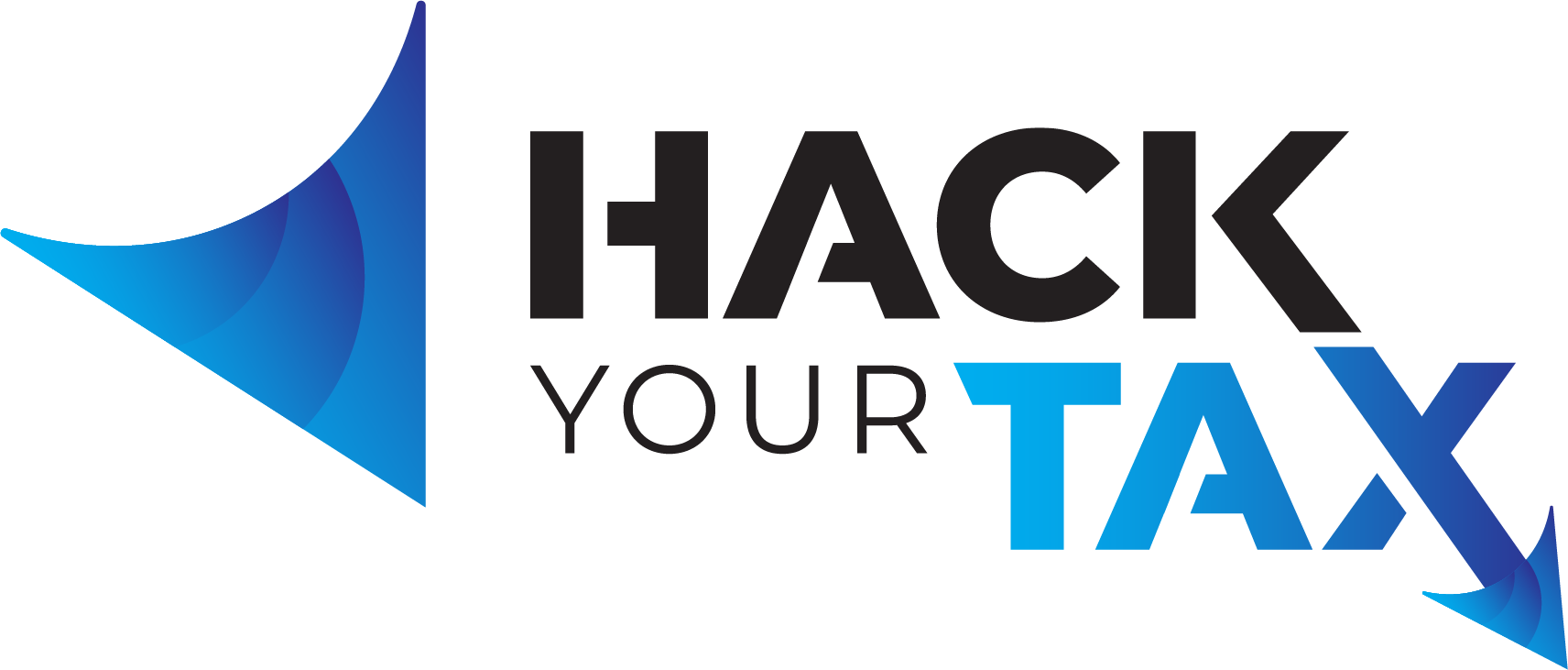Cost Segregation of Commercial Real Estate
Cost segregation of commercial real estate provides a business owner with tremendous tax advantages when purchasing or constructing a building. Business owners can literally have tax savings which put more money into their pockets. Results like these sound almost too good to be true, and one of the questions business owners inevitably ask me is, “Is this legal?” Then business owners want details. But first, here’s the bottom line:
If your business recently purchased commercial real estate or is planning to purchase or build, contact us immediately. Legal deductions are just that. Legal. If you leave money on the table, the IRS takes it.
What is cost segregation?
Cost segregation begins with the assets making up the commercial real estate purchase being reviewed, identified and grouped as being either real property assets or tangible personal property for tax reporting purposes. The IRS doesn’t make it simple:
Cost segregation studies are most commonly prepared for the allocation or reallocation of building costs to tangible personal property. A building, termed “§ 1250 property”, is generally non-residential real property (39-year) or residential rental property (27.5-year) property eligible for straight-line depreciation. Equipment, furniture and fixtures, termed “§ 1245 property”, are tangible personal property. Tangible personal property has a shorter recovery period (e.g., 5 or 7 years) and is also eligible for accelerated depreciation (e.g., double declining balance, bonus depreciation and § 179 deduction). Therefore, a faster depreciation write-off (and tax benefit) can be obtained by allocating property costs to § 1245 property.
These personal assets include such building and mechanical components as electrical installations, plumbing, finishes, to name a few, which are identified and reclassified into shorter-lived asset classes. Generally, these personal property assets are affixed to the building but do not (or may not) relate to the overall operation and maintenance of the building. Land improvements generally include items located outside a building that are affixed to the land and do not relate to the overall operation and maintenance of the building. Complicated? Yes, and the separation of assets is not always as easy as one might think.
What are the benefits of cost segregation?
Assets segregated as personal property or land improvements, previously classified with a 27.5 or 39-year depreciation life, are reclassified with a 5, 7, or 15-year rate using accelerated methods. This means that a business owner separates out the costs of the building to accelerate deprecation rather than taking out the whole cost over 27.5 or 39 years.
These benefits include:
- immediate increase in cash flow
- reduction in current tax liability
- deferral of taxes
- the ability to reclaim missed depreciation deductions from prior years without having to amend previous tax returns
All of this amounts to one of the best ways to maximize the tax deductions available for real estate investors and business owners.
Who can benefit from this tax strategy?
Potentially, any real estate investor and/or business owner purchasing commercial property. However cost segregation is a complicated process, and an individual who prepares and files their own tax returns, could find themselves on the IRS’s radar by claiming these deductions.
Cost segregation could be one of the most useful tools you’ll find in your tax strategy tool box, but it comes with a detailed set of instructions in small print. Cost segregation depreciation should have this warning attached:
Do NOT Use Without CPA Tax Professional
The #2 red flag the IRS will be looking for on tax returns filed in 2019 is categorized as Itemized Deductions That Are Outliers. To be sure, you claiming your legal cost segregation deductions will put you outside as compared to the national average.
The IRS uses computer numeric scoring to select returns for audit. But, when you use a CPA tax professional to prepare and file your tax returns, your chances of being audited decrease. CPA tax professionals cause the IRS too much trouble and consume too much of their limited time, and scoring can lead the IRS to pursue audits more likely to contain errors and omissions.
What’s the bottom line?
If your business recently purchased commercial real estate or is planning to purchase or build, contact us immediately. Legal deductions are just that. Legal. If you leave money on the table, the IRS takes it.
Our goal is to become part of your overall life and business goal planning team so that you’ll be able to establish your own goals and know that you have a trusted professional on your team. We establish and maintain a personal and business relationship with our clients. Your LIFE is your business and your BUSINESS is your life. We’re here for YOU.
Call us at 479-668-0082. Use my Calendly Page (it’s easy) to set an appointment or email us.
You may also be interested in:
If you travel abroad, the IRS knows it. Guard your Passport!
W-4 updating is employee responsibility, but you might want to remind everyone.


